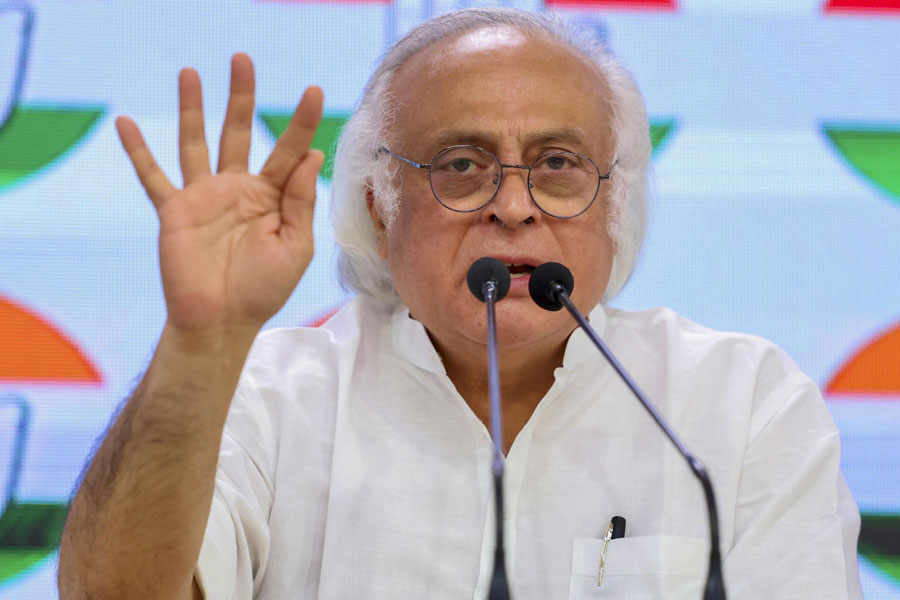Defensive play is the need of the hour
These are wait-and-watch times for investors. It’s not clear whether the equity markets are heading up or down. And the debt markets are waiting to take a cue from the Reserve Bank of India’s credit policy at end April — especially since inflation is reaching crisis levels.
What should you do? In this scenario, financial advisors like Mukesh Dedhia, director, Ghalla & Bhansali Securities, believe that gold and gilt funds are the only good bets.
Gold is the obvious hedge in times of uncertainty. Given global economic weakness and rising inflation, the bull run in gold is not over, believe analysts. Indian gold exchange-traded funds gave an average return of 11.52 per cent for the year (as calculated on April 11, 2008).
As for government securities or gilt funds, Dedhia is advocating them because there’s no credit risk when the central government is the borrower. This is unlike debt instruments issued by companies, which carry a risk of the borrower not meeting its obligations.
“Given the way companies are losing money because of forex exposures, I’ve decided to avoid credit risks and look at gilts instead,” says Dedhia.
But investors need to have a one-to-two year horizon on gilt funds, says Dedhia, since in the short term, there is a risk that returns could turn negative. That’s because the RBI is expected to take steps to suck out liquidity from the system in a bid to curtail inflation. This could push up interest rates or yields on debt papers.
Bond prices fall when yields rise, and vice versa. So in the short term, rising yields could hit the returns on gilt funds.“But I feel with elections round the corner, the government would want to reduce interest rates eventually to boost economic growth. So over a one-to-two-year horizon, gilts should give decent returns,” says Dedhia.
There’s one more defensive option that investors could also look at, say other financial advisors. This is the monthly income plan (MIP). A hybrid mutual fund product, MIPs typically invest 20 per cent of their portfolios in equity and the rest in debt. They do well when equity markets are up. So they gave double-digit returns last year.
Bichitra Mahapatra, deputy general manager, LIC Mutual Fund (LICMF), though, cautions: “Investors with a minimum investment horizon of one year can get into a MIP growth option while those wanting a regular dividend income should come in with a two to three-year horizon.”
Mahapatra manages the LICMF Floater MIP and LICMF MIP, which gave one-year returns of 15.10 per cent and 13.81 per cent as on April 11 against the category average of 9.14 per cent (valueresearchonline.com).
The case for entering MIPs is that equity valuations are good currently. “Also, with a hybrid option, the volatility is only captured up to 20 per cent of the portfolio,” says Mahapatra.Besides, any fall in equities, she feels, can be neutralised by the bond holding. LICMF’s MIPs, for instance, have done well by investing in high-yielding short-term and floating rate papers.
Clearly, then, the accent is on patience and defensive strategies in the current market scenario.










